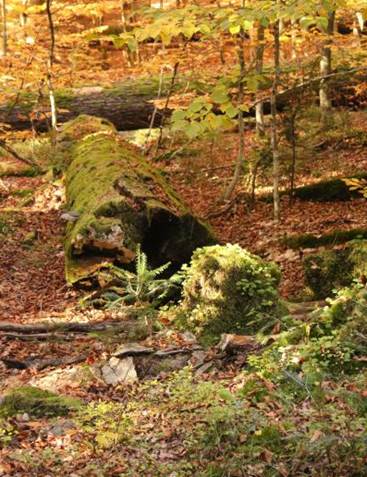温带森林物种多样性的时空动态因素

气候变化、环境污染、过度伐木等多种因素威胁着全球森林的物种多样性,而其后果将是导致生物多样性减少,这不仅是学术圈,也是公众普遍认同的观点。而耶拿大学Markus Bernhardt-Römermann博士认为,这种看法过于片面,“起码这一趋势并不适用于所有森林。”
他与来自欧洲多国学者组成的小组广泛研究了欧洲温带森林的物种多样性,结果发现,在过去的几十年中草本层的植物种类平均数量并无变化。但Bernhardt-Römermann博士指出,这一令人意外的结果并不代表生物多样性不存在任何问题,因为“按照地区来看,有些地区变化非常严重。有些区域在过去的几十年中物种多样性大幅减少,而其他区域则有所增加。”
学者们共研究了13个欧洲国家的39个区域,南到瑞士和匈牙利,北至瑞典,西至爱尔兰,东到波兰。他们的数据源自“forestREplot”,这是由Bernhardt-Römermann博士和其他来自比利时、捷克和美国的科学家共同主导创建的科研网络,他们在数据库中收集温带森林植被物种在不同时期的信息。Bernhardt-Römermann博士表示:“通过收集同一区域不同时间的植被数量信息,就可以比较出随时间所发生的变化。”
他在上述研究中对比了欧洲39片阔叶林在两个不同时间点(间隔17至75年)的数据,将其与气候、林木管理、氮沉降和植物密度联系起来。通过这种方式,学者们可以找出决定某一地区植物多样性变化的因素。研究结果令人大为惊讶:“我们发现气候变化对于生物多样性变化总体上并无实质影响”,Bernhardt-Römermann博士解释说。除了如光照等区域因素外——当然光照也可能会因人类使用而发生变化——氮含量和植物密度对于草本层多样性更具有决定性影响。例如在几乎所有研究区域,喜好贫瘠干旱森林环境的物种如山薹草(Carex montana)和菊蒿(Tanacetum corym¬bosum)的数量均明显减少,而喜好潮湿肥沃(即含氮量高)的土壤的物种如锥囊薹草(Carex remota)、刺叶鳞毛蕨(Dryopteris carthusiana)和粗茎早熟禾(Poa tri¬vialis)则生长旺盛。
因此学者们建议,在预测未来物种多样性发展时不能仅仅考虑气候变化、土地利用方式等全球性因素而忽略其他重要细节,要提高预测的准确性更需要考虑植物数量、氮含量等区域因素。(来源:生物360)
Drivers of temporal changes in temperate forest plant diversity vary across spatial scales
Abstract Global biodiversity is affected by numerous environmental drivers. Yet, the extent to which global environmental changes contribute to changes in local diversity is poorly understood. We investigated biodiversity changes in a meta-analysis of 39 resurvey studies in European temperate forests (3988 vegetation records in total, 17–75 years between the two surveys) by assessing the importance of (i) coarse-resolution (i.e., among sites) vs. fine-resolution (i.e., within sites) environmental differences and (ii) changing environmental conditions between surveys. Our results clarify the mechanisms underlying the direction and magnitude of local-scale biodiversity changes. While not detecting any net local diversity loss, we observed considerable among-site variation, partly explained by temporal changes in light availability (a local driver) and density of large herbivores (a regional driver). Furthermore, strong evidence was found that presurvey levels of nitrogen deposition determined subsequent diversity changes. We conclude that models forecasting future biodiversity changes should consider coarse-resolution environmental changes, account for differences in baseline environmental conditions and for local changes in fine-resolution environmental conditions.
原文链接:http://onlinelibrary.wiley.com/doi/10.1111/gcb.12993/pdf

